News
【Bolivia and Brazil Visit Report】Development of Diagnostic Tools for Chagas Disease and Strengthening Global Partnerships in Central and South America
In late August 2023, Dr. Hayato Urabe (Associate Vice President, Investment Strategy, Portfolio Development & Innovations) visited local research institutions and hospitals in Bolivia and Brazil. In Bolivia, he visited Santa Cruz, Villamontes, and Yacuiba, reviewed the progress of the development of the “Chagas-LAMP” diagnostic tools currently in the clinical trial stage, assessed the local development on the ground, and met with relevant stakeholders in municipalities. In Brazil, he visited important key institutions in South America, including the Oswaldo Cruz Foundation (FIOCRUZ) and the Latin American headquarters of DNDi, a non-profit organization dedicated to advancing the research and development of treatments for neglected tropical diseases (NTDs).
- The visit to Latin America, a region with a high prevalence of Chagas disease
・What is Chagas Disease?
Chagas disease has spread to 21 countries in Latin America, and it carries a larger burden of disability-adjusted life years (DALYs) than any other parasitic disease in the Americas. It is estimated that around 7 million people are infected with Chagas disease worldwide, although, due to the lack in diagnostic tools and other factors, there is limited reporting on the global infection and prevalence rates. This is also why it is considered a neglected tropical disease.
Mother-to-child transmission of Chagas disease is believed to be “a continuous source of infection to newborns, even if natural infection through insects or infection through blood transfusion is completely controlled.”
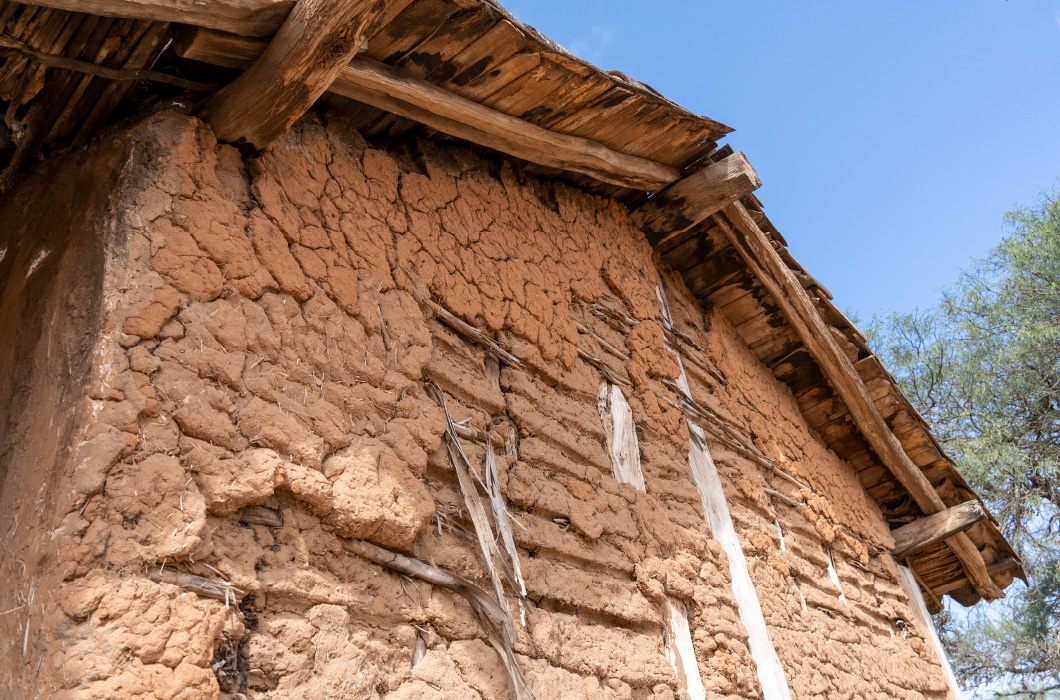
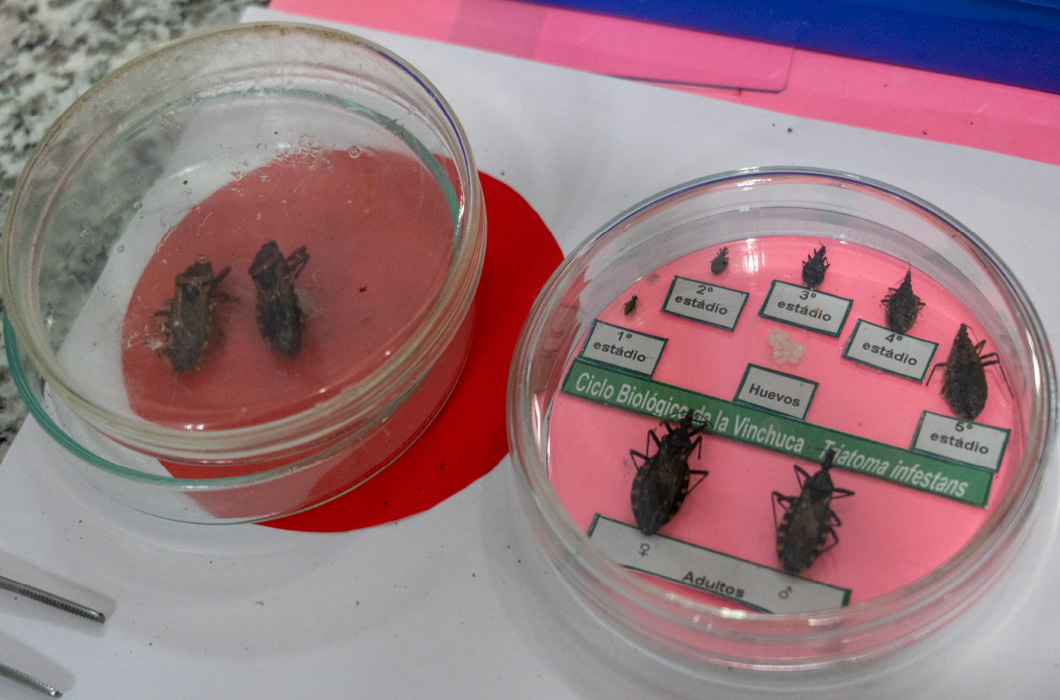
Chagas disease is primarily transmitted by the kissing bug, a type of triatomine insect, and it is most commonly found in Central and South America.
・Towards the Development of the “Chagas-LAMP”, a Chagas disease diagnostic tool
According to the Pan American Health Organization (PAHO), an estimated 1.12 million women of childbearing age are infected with Chagas disease, resulting in around 9,000 infected infants being born each year. This accounts for more than 20% of the new infection cases in the region. The “Chagas-LAMP” is believed to contribute to improving the efficiency of early diagnosis and treatment of both mothers and newborns, and is a highly sensitive and specific diagnostic method that has the potential to enhance the diagnosis and treatment of newborns and help mitigate the health impact of chronic, widespread infectious diseases.
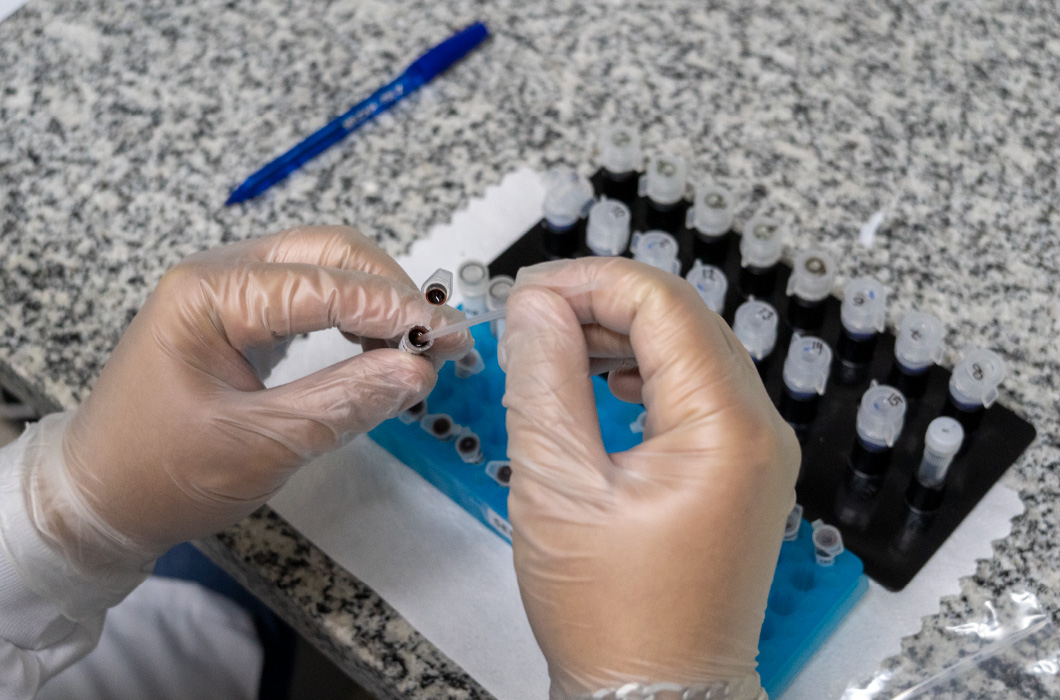
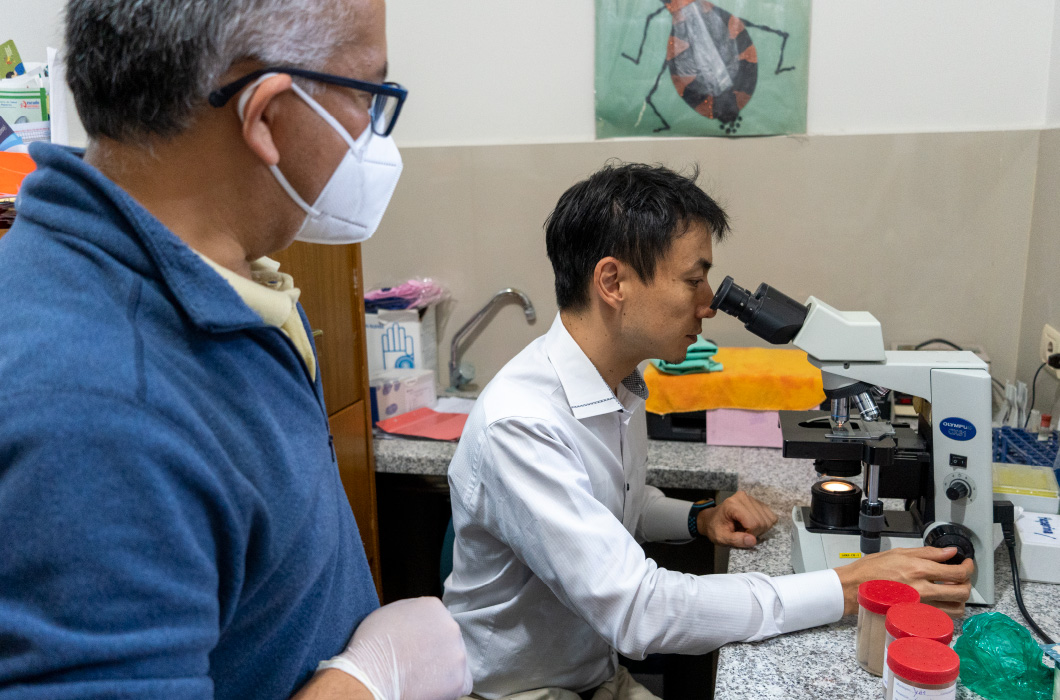
The visit to Bolivia provided an opportunity to inspect the progress of ongoing development programs and ensure data compliance on the ground, which also involved discussions with local- and municipal-level stakeholders and healthcare professionals to raise awareness of the importance of early diagnosis and treatment, while coordination and outreach activities were also conducted to address and understand the underlying issues at the local level.
A proactive investment in late-stage product development projects like the “Chagas-LAMP” in the context of the Global Health Innovative Technology Fund (GHIT)’s third five-year plan, “GHIT 3.0” , is crucial for accelerating innovation to deliver tools more rapidly to the patients in need in the local communities.
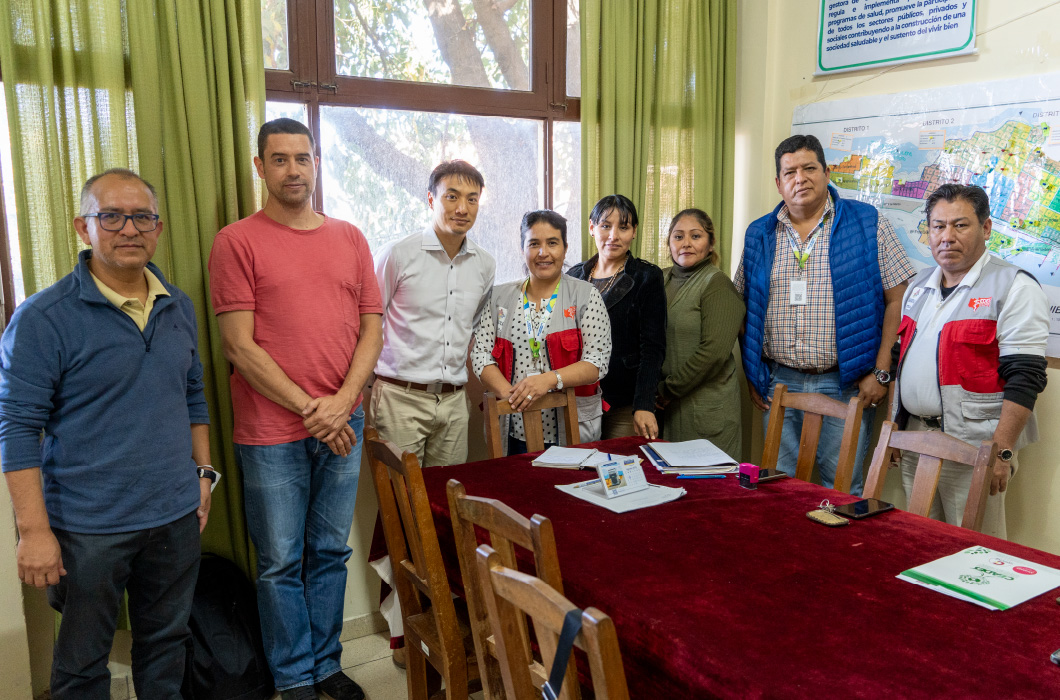
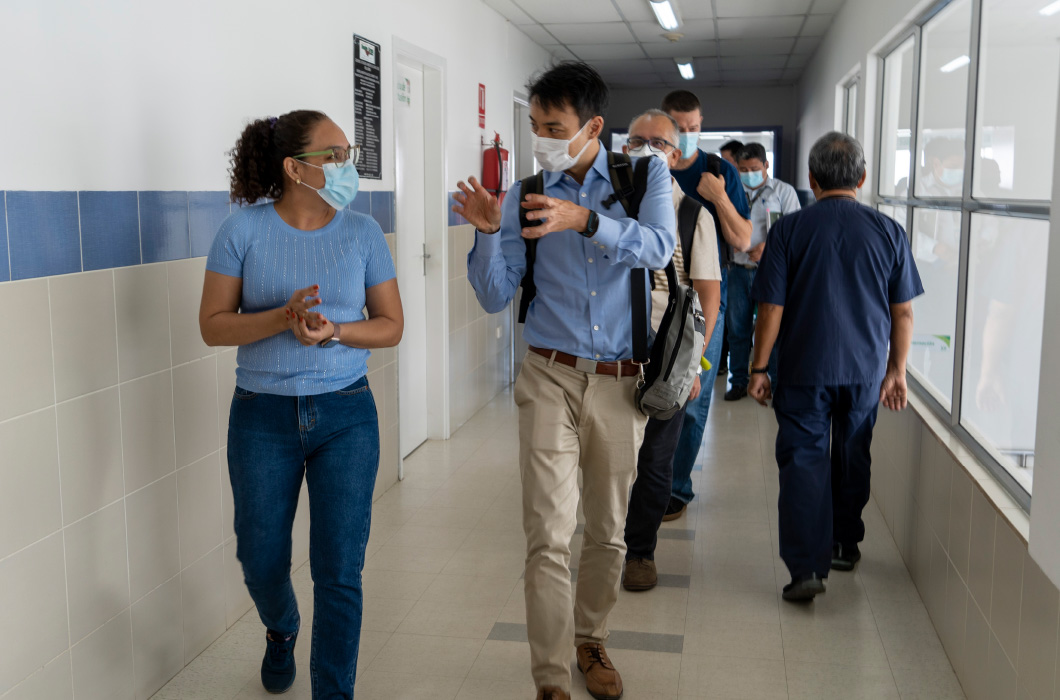
Dr. Maria Jesus Pinazo (Director of the Chagas Program at DNDi-LATAM) has stated, “In Bolivia, it is estimated that there are between 1 to 2 million people infected with Chagas disease, and approximately 40% of them have developed this illness, which can affect the heart, intestines, or both, without receiving timely diagnosis and treatment. How can we avoid this? The answer lies in projects like the ‘Chagas-LAMP’, which diagnoses individuals, particularly infected pregnant women, using rapid diagnostic methods to identify the disease early in the process. With early diagnosis, infants can receive appropriate treatment promptly. In the case of mothers, treatment is highly effective in a significant proportion of cases. This not only prevents the onset of the mother’s disease but also helps to prevent new infections during subsequent pregnancies. It has been demonstrated that timely treatment for women before pregnancy can prevent mother-to-child transmission. Therefore, the project currently being supported by the GHIT Fund is essential to improve the current situation, where less than 10% of diagnosed patients and less than 1% of treated patients should receive the necessary care, both from a technical and financial perspective.”
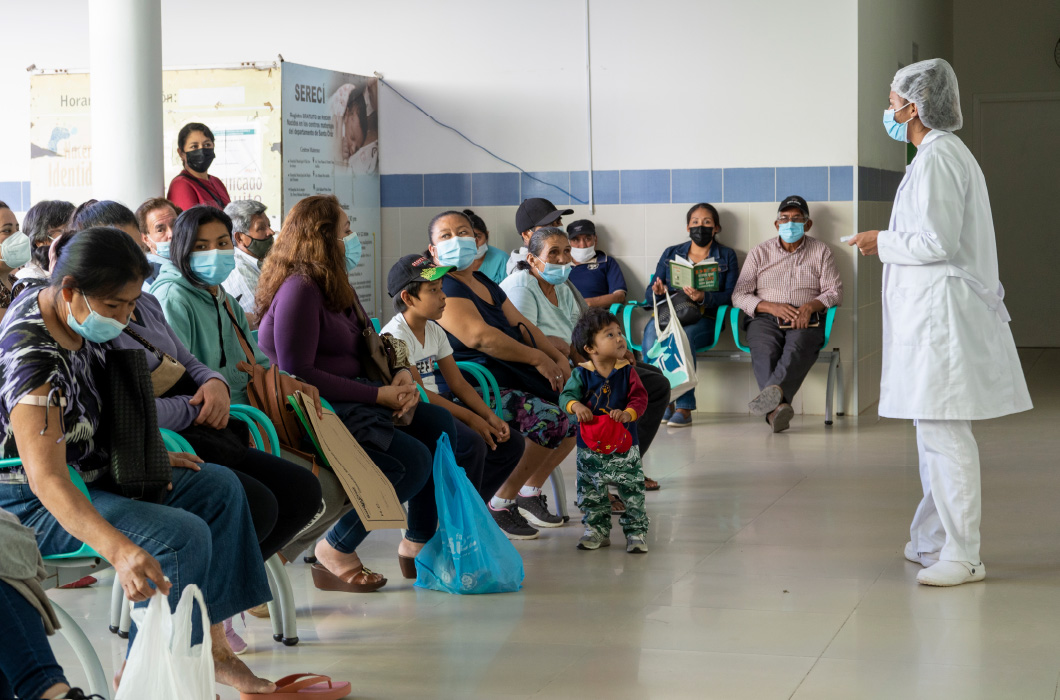
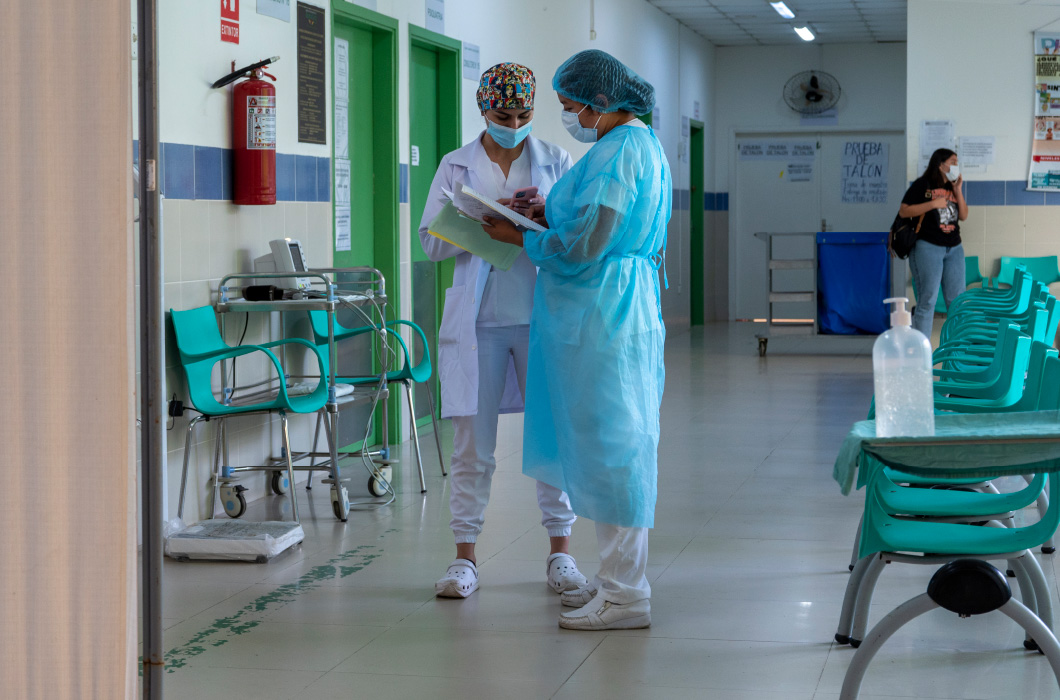
Claudia Velarde Viruet (Health technician at the Department of Public Health Management and Planning, Autonomous Municipal Government of Yacuiba) states, “Chagas disease affects a significant portion of the population, and we are working on to strengthen health centers through training using the ‘Chagas-LAMP’ diagnostics tool and follow-up of Chagas disease patients to enable early diagnosis and completion of treatment. We have been able to improve care for this disease which has had a significant impact on our municipality through training residents and healthcare staff and enhancing all efforts related to it. I am grateful to the SANIT Foundation, Dr. Mirko, Dr. Urabe from the GHIT Fund, as well as IS Global.”
- The global organization GHIT Fund is playing a catalytic role in strengthening partnership
Diplomatic relations between Japan and Brazil date back to 1895. Over the late 19th and early 20th centuries, Brazil and Japan cooperated in researching major diseases that afflicted many among their populations, such as leprosy, hookworm, yellow fever and malaria, transcending geographical and cultural barriers. The GHIT Fund has had a history of investment in the BENDITA trial program for Chagas disease since 2014, in collaboration with Eisai and DNDi. The strategic pillar of GHIT 3.0, which focuses on strengthening partnerships with low- and middle-income countries, is of great importance, and the dialogue with various organizations during the visit to Bolivia and Brazil has been highly valuable.
・Visiting the Oswaldo Cruz Foundation (FIOCRUZ)
Productive and fruitful discussions were held encompassing a wide range of topics, including strengthening partnerships and future collaboration and coordination, building upon the historical cooperation between Japan and Brazil. The discussions also covered their future efforts in combating not only endemic diseases but also preparing for future pandemics. This included conversations about catalytic partnerships, such as the collaboration with the mRNA vaccine facility Bio-Manguinhos , which was chosen by the WHO. These discussions are aimed at advancing the strengthening of partnerships for the future.
・Visiting the Latin American headquarters of DNDi
It was a good productive visit meeting with DNDi’s Latin American headquarters and exchanging ideas and information about the status of NTDs in Central and South America. We hope to strengthen our ongoing relationship and work together with leadership in the NTD community both domestically and globally.
The GHIT Fund will continue to contribute to research and development that aligns with local perspectives and the needs of various countries through strong partnerships with key research institutions in Central and South American nations.
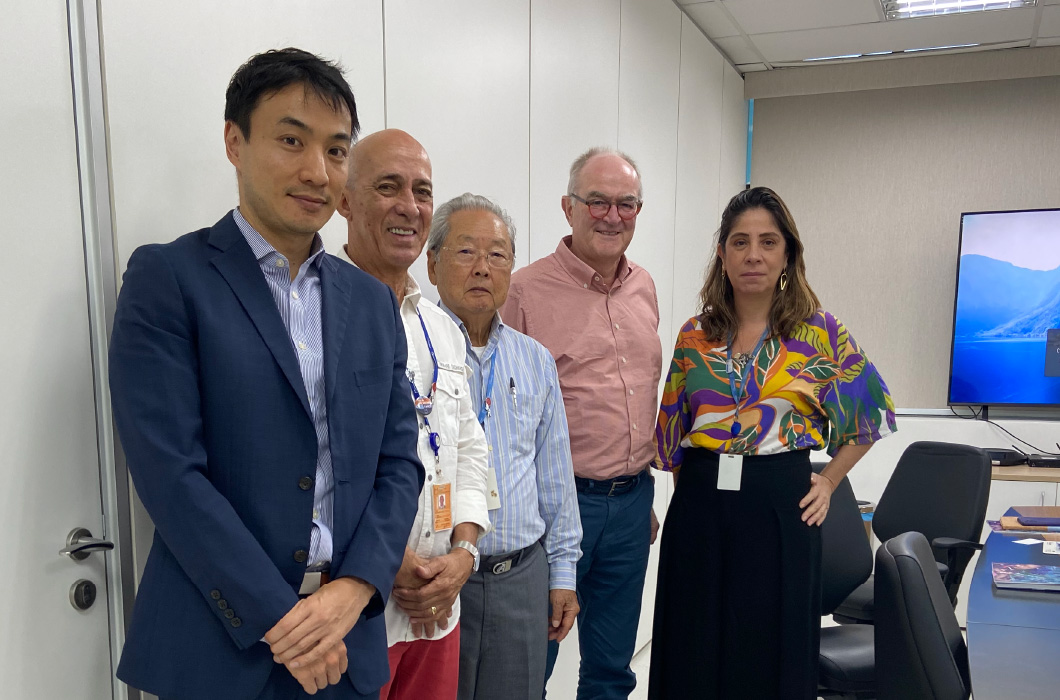
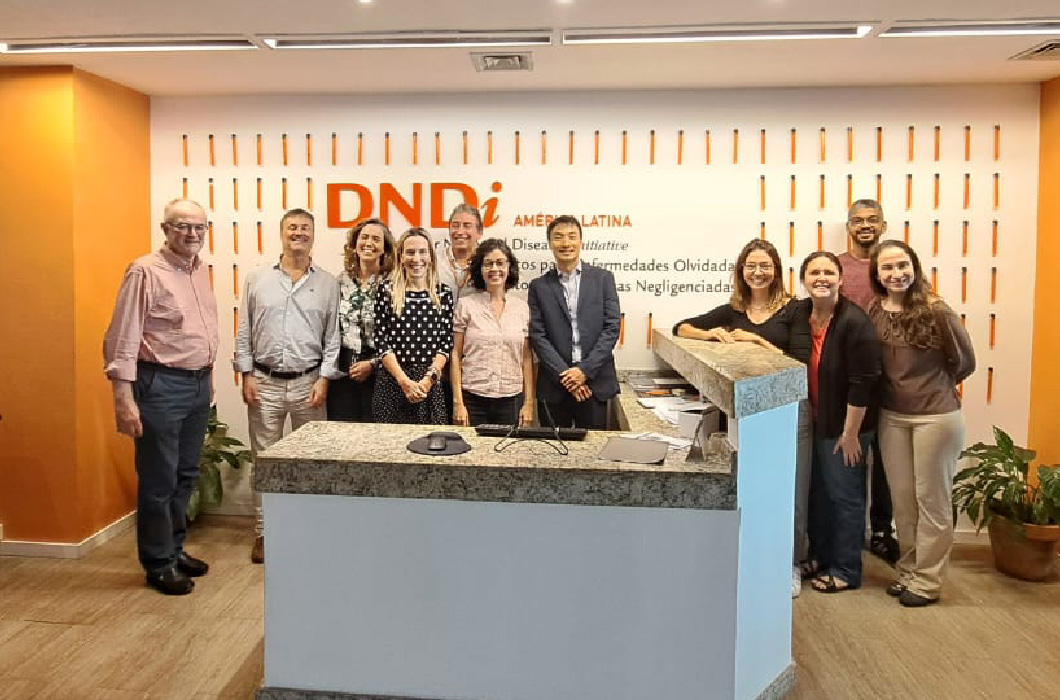
Visiting the Oswaldo Cruz Foundation (FIOCRUZ) and the Latin American headquarters of DNDi
Interview:
Dr. Maria Jesus Pinazo
"Mother-to-Child Transmission of Chagas disease”
Claudia Velarde Viruet
"Chagas disease:Initiative by Health Center in Yacuiba"
Dr. Maria Jesus Pinazo
"Mother-to-Child Transmission of Chagas disease”
Claudia Velarde Viruet
"Chagas disease:Initiative by Health Center in Yacuiba"